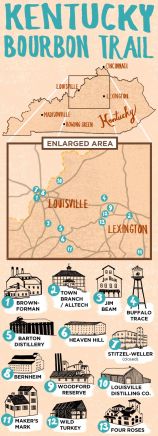 This summer, Matthew and I set out on our first real vacation as a married couple. This has been a rather hectic summer. I am currently preparing for a semester of student teaching and we have been invited to 9 (count ’em) weddings this season. Making the very most of these many celebrations, we planned a vacation around one of the weddings and spent the entire last week of June in Louisville, Kentucky.
This summer, Matthew and I set out on our first real vacation as a married couple. This has been a rather hectic summer. I am currently preparing for a semester of student teaching and we have been invited to 9 (count ’em) weddings this season. Making the very most of these many celebrations, we planned a vacation around one of the weddings and spent the entire last week of June in Louisville, Kentucky.
My husband is a bourbon enthusiast (-I believe anyone who has ever intentionally ordered a $35 glass of any beverage to be worthy of this title). With that said, last Christmas, I wrapped two bottles of bourbon and placed them under the tree. Upon opening them, I informed Matthew that the bottles came along with a week-long vacation to the finest distilleries in Kentucky.
We left Iowa Saturday afternoon for Chicago – the scenic route to Kentucky. Once in Chicago, we met up with one of Matt’s childhood friends who graciously offered to host us for the night. From there, we set out for Wrigley and my first Cubs game (yes, they lost). From there, we ventured south, eventually reaching our destination late Sunday night.
For the majority of the week, we planted ourselves in the Highlands neighborhood – a suburb of sorts in southwest Louisville. I found the small apartment we stayed in while browsing Airbnb – an absent-minded task I found quite therapeutic in the midst of studying for spring finals and writing term papers. The apartment was located on the top floor of a Victorian home just within walking distance from the commercial (and well, let’s call it what is is – drinking) district.
During our week in the bluegrass state, we dined on anything from 4-star meals to KFC – all very convenient, considering the Highlands offers an assortment of venues for recreational eating and drinking. On the first night, we decided to get classy – dining at Jack Fry’s -but of course, in very typical Matthew-and-Elsabeth fashion, shortly after dinner, we found ourselves meandering up Bardstown Road on a two-person bar crawl. On the self-led tour, we found a billiard saloon, The Holy Grale (a re-purposed church-turned-beer-tavern), and Big Bar, and finally ended the night stumbling through the backyard and up three flights of stairs to the front door of our apartment.
That Wednesday, we were determined to find a place where we could watch soccer (#Ibelievethatwewillwin), and quickly settled on Molly Malone’s. It didn’t take us long to make friends and enjoyed an afternoon of high-fiving strangers and chatting up one lone German fan. From Molly’s, we caught a cab and made our way downtown to tour the Louisville Slugger museum.
The following days were spent driving just east of Louisville to frequent bourbon distilleries. First on the list: Buffalo Trace Distillery. We loved the tour so much that we reserved a spot on the hard-hat tour the following afternoon. On that tour, we heard a group of men marvel at how hands-on the experience had been at Buffalo Trace was compared to the other nine (!?) distilleries they had visited in Kentucky. Later that afternoon, we traveled to the Woodford Reserve distillery and left all-the-more confident that we had visited the very best distillery first. Way to go, Buffalo Trace!
On our last full day before the wedding, we visited Mammoth Cave – if you have an opportunity to visit the cave (and aren’t deathly afraid of confined spaces), reserve a place on the Introduction to Caving tour. Matthew and I didn’t get a chance to do this, but wound up feeling pretty envious of the people that did. Instead, we spent the whole day watching our step so as to avoid tripping over screaming children and exchanging eye rolls as we eavesdropped on people in our claustrophobically-large group. All this, while an intimate group of adults just ahead of us suited up in spelunking gear to traverse through otherwise restricted areas of the cavern. Oh well. Something to think of for next time.
The week culminated with the celebration of two wonderful friends getting married in Owensboro. Congratulations, Jennifer and Nathan! The day after the wedding, we headed home with lots of memories, three handles of bourbon (or some variant thereof), and an engraved “family bat” from the Louisville Slugger museum. Thanks for a great week, Louisville. We’ll be back to Kentucky someday soon.


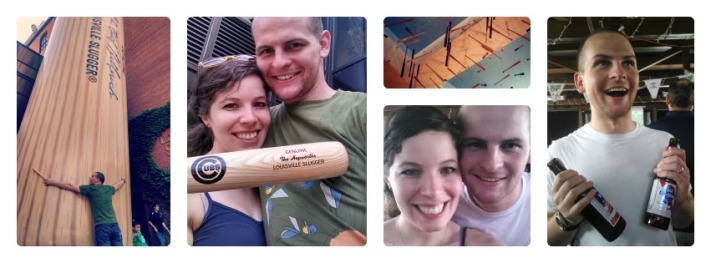

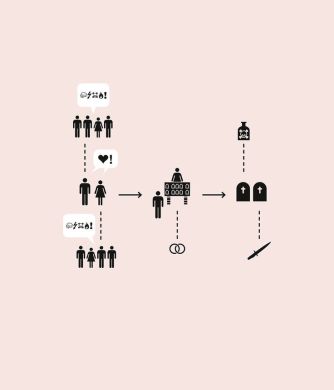
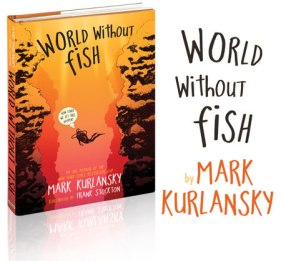

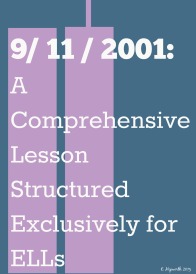 Well, quite honestly, for a number of reasons:
Well, quite honestly, for a number of reasons: